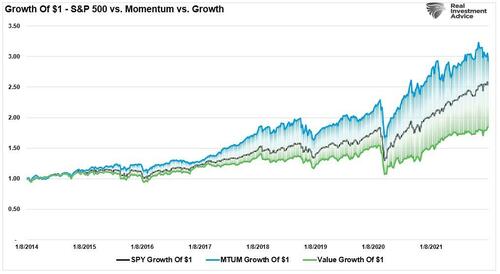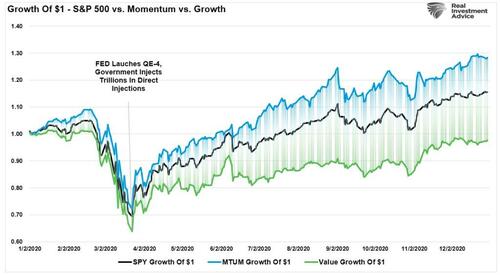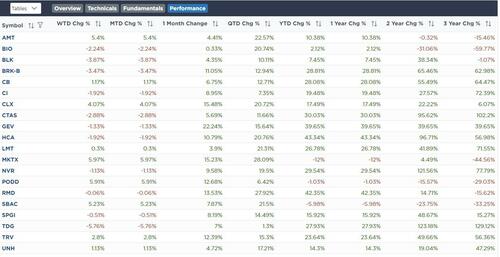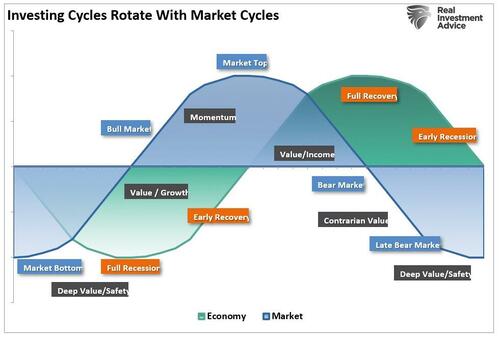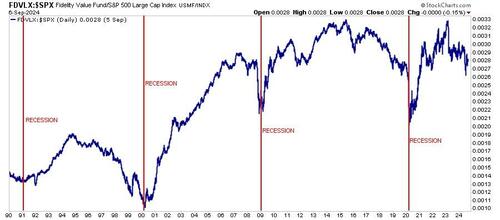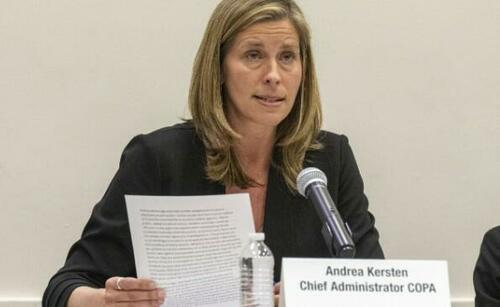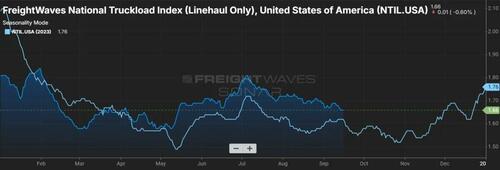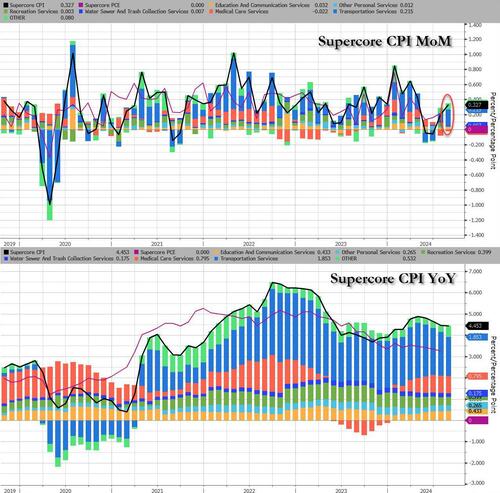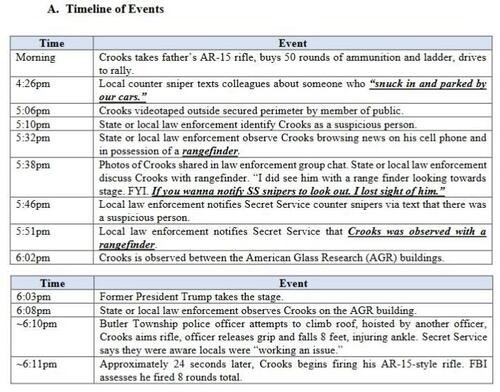Age Of Rage: 26 Million Americans Believe Political Violence Is Justified
A poll released by the University of Chicago via the Chicago Project on Security and Threats offers a chilling account of the growing radicalism in America, particularly after the second foiled assassination attempt of former president Donald Trump, the poll found that 26 million Americans believe “the use of force” is justified to keep Trump from regaining the presidency.
As discussed in my book, “The Indispensable Right: Free Speech in an Age of Rage,” we have seen an increasing level of rage rhetoric in our political system. For some, violent language can become violent action. There is a normalization that can occur as extreme actions become more acceptable to more and more citizens:
“We are living in an age of rage. It permeates every aspect of our society and politics. Rage is liberating, even addictive. It allows us to say and do things that we would ordinarily avoid, even denounce in others. Rage is often found at the farthest extreme of reason. For those who agree with the underlying message, it is righteous and passionate. For those who disagree, it is dangerous and destabilizing.”
With the unrelenting claims of President Joe Biden, Vice President Kamala Harris, and others that democracy is about to die in America, some now feel a license to commit criminal acts in the name of “saving democracy.”
It is the ultimate form of self-delusion that one saves democracy by committing political violence against those with whom you disagree.
We have seen this radicalism spread in past years from higher education into society at large.
Years ago, many of us were shocked by the conduct of University of Missouri communications professor Melissa Click who directed a mob against a student journalist covering a Black Lives Matter event. Yet, Click was hired by Gonzaga University. Since that time, we have seen a steady stream of professors joining students in shouting down, committing property damage, participating in riots, verbally attacking students, or even taking violent action in protests.
It is now common to hear inflammatory language from professors advocating “detonating white people,” denouncing police, calling for Republicans to suffer, strangling police officers, celebrating the death of conservatives, calling for the killing of Trump supporters, supporting the murder of conservative protesters and other outrageous statements.
At the University of Rhode Island, professor Erik Loomis defended the murder of a conservative protester and said that he saw “nothing wrong” with such acts of violence.
At the University of California Santa Barbara, professors actually rallied around feminist studies associate professor Mireille Miller-Young, who physically assaulted pro-life advocates and tore down their display. Despite pleading guilty to criminal assault, she was not fired and received overwhelming support from the students and faculty. She was later honored as a model for women advocates.
At Hunter College in New York, Professor Shellyne Rodríguez was shown trashing a pro-life display of students.
She was captured on a videotape telling the students that “you’re not educating s–t […] This is f–king propaganda. What are you going to do, like, anti-trans next? This is bulls–t. This is violent. You’re triggering my students.”
Unlike the professor, the students remained calm and respectful. One even said “sorry” to the accusation that being pro-life was triggering for her students.
Rodríguez continued to rave, stating, “No you’re not — because you can’t even have a f–king baby. So you don’t even know what that is. Get this s–t the f–k out of here.” In an Instagram post, she is then shown trashing the table.
Hunter College, however, did not consider this unhinged attack to be sufficient to terminate Rodríguez.
It was only after she later chased reporters with a machete that the college fired Rodríguez. She was then hired by another college.
Another recent example comes from the State University of New York at Albany, where sociology professor Renee Overdyke shut down a pro-life display and then resisted arrest. One student is heard screaming, “She’s a [expletive] professor.” That of course is the point.
While Democratic leaders have condemned the second assassination attempt on Trump, they have continued the unhinged rhetoric of how this may be our last election and democracy is about to die in America.
At the same time, some leaders have allied themselves with violent groups.
We have continued to follow the attacks and arrests of Antifa followers across the country, including attacks on journalists.
Some Democrats have played a dangerous game in supporting or excusing the work of Antifa, one of the most violent anti-free speech groups in the world. Former Democratic National Committee deputy chair Keith Ellison, now the Minnesota attorney general, once said Antifa would “strike fear in the heart” of Trump. This was after Antifa had been involved in numerous acts of violence and its website was banned in Germany.
Ellison’s son, Minneapolis City Council member Jeremiah Ellison, declared his allegiance to Antifa in the heat of violent protests. During a prior hearing, Democratic senators refused to clearly denounce Antifa and falsely suggested that the far right was the primary cause of recent violence. Likewise, Joe Biden has dismissed objections to Antifa as just “an idea.”
These politicians are playing a dangerous game in toying with groups like Antifa, which will not stop at threatening their opponents. Politicians like Ellison could easily find themselves the next target as groups seek to “strike fear in the heart” of the establishment.
* * *
Jonathan Turley is the Shapiro Professor of Public Interest Law at George Washington University. He is the author of “The Indispensable Right: Free Speech in an Age of Rage” (Simon & Schuster).
Tyler Durden
Tue, 09/17/2024 – 15:20
via ZeroHedge News https://ift.tt/rXnijsa Tyler Durden

